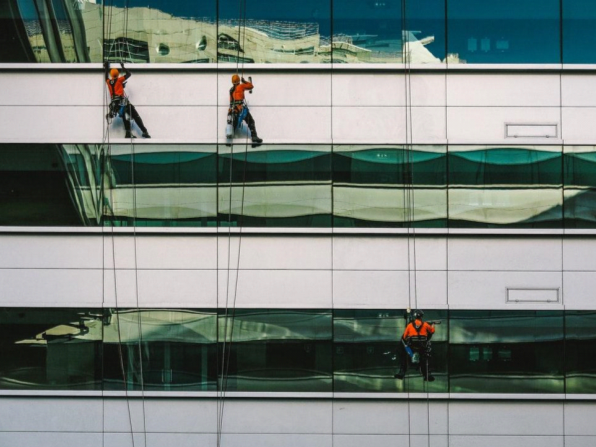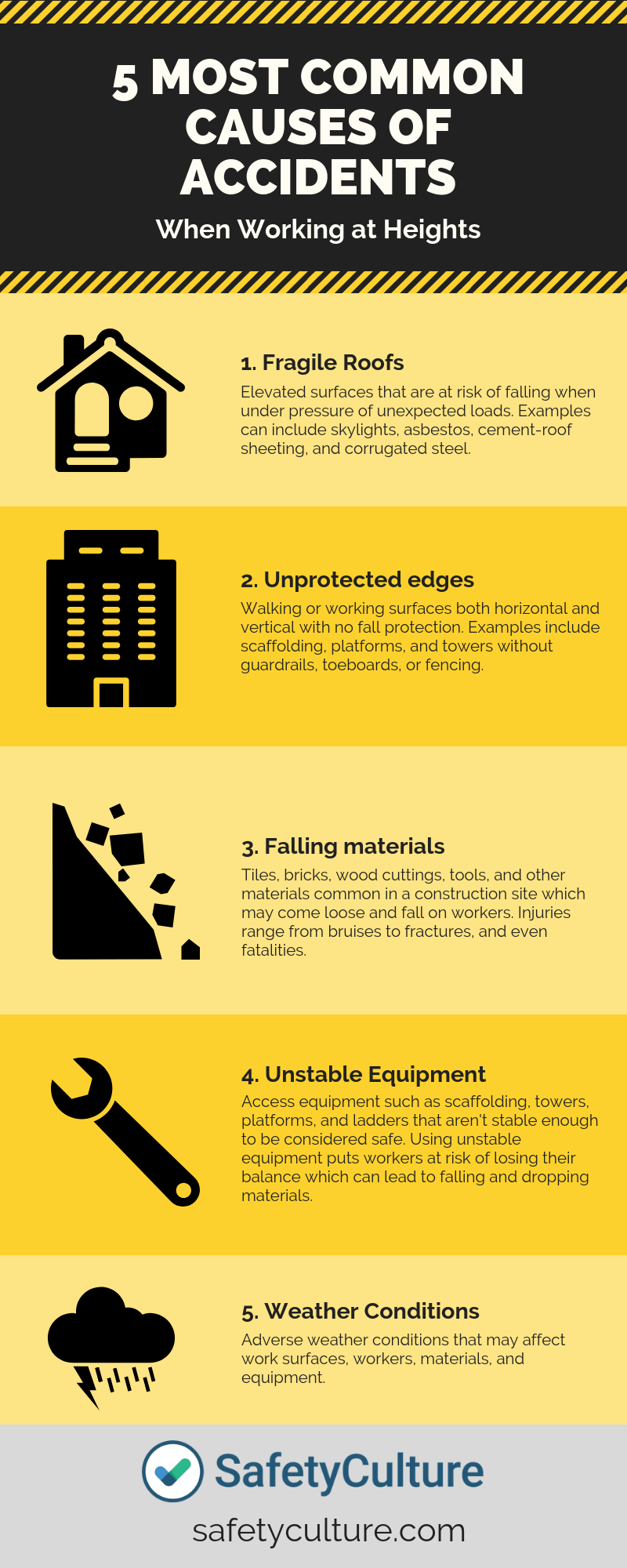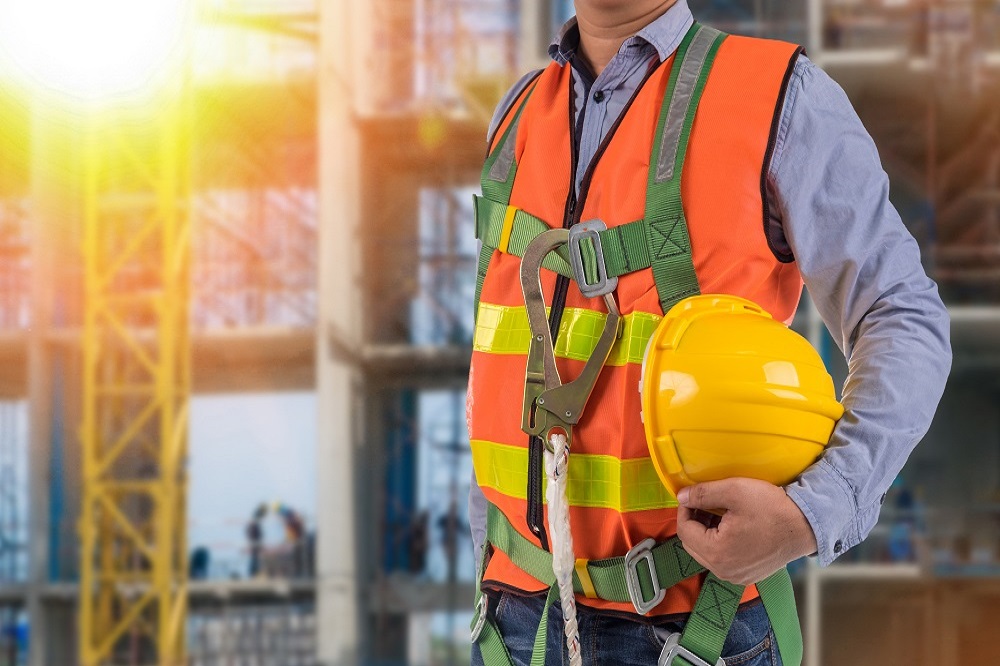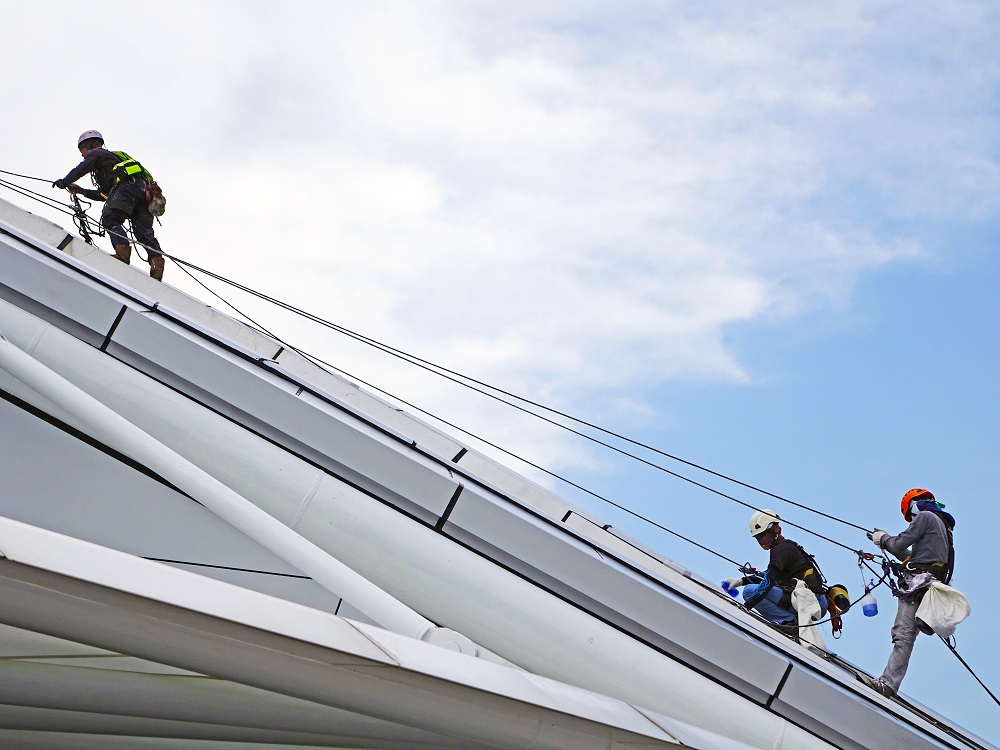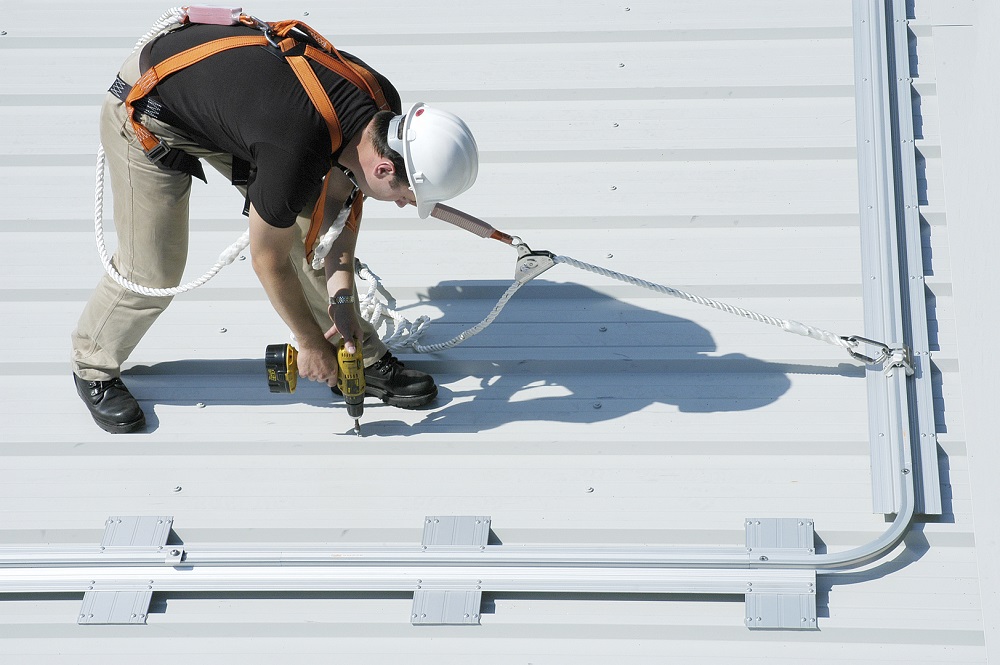Written by Brandon Olson
Working on a construction job site is a risky business. The hazards that can lead to injury or death are many and varied. Using an aerial lift on the job increases the risks. That’s why it’s so important to practice safety on the job at all times. Here are five common aerial lift accidents and how to prevent them.
How to Avoid Worker Electrocutions
Electrical shock is a leading cause of aerial lift worker deaths. Electrical safety on a construction job starts with this: always treat overhead lines as live unless told otherwise by a power company rep. Other safety best practices include:
- When possible, don’t position the lift between overhead power lines
- Belt off only to the lift’s attachment points; do not use a pole or other structure
- Keep at least 10 feet away from live power lines at all times
- Have the power company shut down the power lines in the work zone before starting a job
- Wear insulated gloves, boots, clothing, and hard hats when working on or near power lines
- Use insulated buckets near overhead power lines
Make sure all workers wear fall protection equipment . If a worker becomes unconscious after receiving a shock, the equipment can prevent a fall.
How to Prevent Falls from Aerial Lifts
Falls are the leading cause of death for construction workers. They account for one-third of all deaths in the industry. Not all of them are falls from aerial lifts. But there are enough of them to mandate fall protection gear for aerial lift workers.
Preventing falls from aerial lifts starts with walking the work site to identify hazards. These can range from nearby workers or vehicles to unsafe weather or terrain. Nearby objects that could strike the lift are another hazard to be dealt with. These hazards are why OSHA requires all aerial lift workers to wear fall protection equipment. This includes body harnesses, lanyards and fall arrest gear that attach to the platform or basket. Other fall prevention best practices include:
- Ensuring all access gates or openings are closed before raising the platform of bucket into the air
- Standing firmly on the floor of the bucket or platform
- Not climbing or leaning on the guardrails
- Never using ladders or planks while in the lift bucket or platform
- Never tying off to structures or poles while in the bucket
All aerial lift workers should be trained in fall protection practices. Managers need to make sure workers follow them.
Avoiding TipOvers and Collapses
Tipovers and collapses lead to some of the deadliest accidents because they can crush people in the bucket and on the ground. Tipovers have many causes. The two most common are improper handling of the lift and careless pre-start inspections. Tipovers can also result from:
- Exceeding the lift’s max load limit
- Carrying objects that are too large
- Driving the lift with the platform raised
- Exceeding vertical and horizontal height limits
- Operating the lift during strong winds or severe weather
To practice tipover safety best practices, stay within the lift’s load limit at all times. Never travel to the job site with the bucket or platform raised. Don’t raise the platform while driving on soft, uneven or sloping terrain. Avoid using too much horizontal force when working on scissor lifts. Don’t raise the platform in high-wind conditions.
Collapses most often occur due to mechanical failures. These can be avoided through regular maintenance and detailed pre-start inspections. Training plays a key role in knowing how to conduct a good inspection.
How to Protect Against Objects Falling from Lifts
There’s a reason hard hats are required on construction sites – falling objects.
Even more so when the job involves an aerial lift. Workers on the ground are usually the victims of falling objects. But workers on lift platforms can get injured as well.
Objects fall from aerial lifts for many reasons:
- Carrying objects larger than the platform
- Carrying unstable objects or unbalanced loads
- Failure to close all openings on the bucket or platform
- Striking a fixed object that causes items on the lift to fall off
Best practices to prevent falling objects involve doing the opposite of these bullet points. Operators should also avoid setting up the lift underneath overhead objects. Ground workers should avoid working underneath or near the lift when it is in the air.
Preventing Ejections from the Lift Platform
Ejections are a type of aerial lift fall that can lead to serious injury and death. They can occur for one of three reasons:
- The bucket or platform makes forceful contact with another object
- Falling objects hit workers on the bucket or platform
- A sudden jerk of the lift causes workers to lose their footing
Avoiding worker ejection begins before the lift even goes up into the air. It starts with making sure the outriggers are set on solid, level ground. If not, they should be set on pads. The operator needs to check that the lift brakes are set. Wheel chocks should be used on sloping surfaces, but only when safe to do so. Warning signs should be placed around the work zone. Once in the air, operating the lift according to OSHA guidelines can also help prevent ejections.
What’s the best safety practice of all? Making sure all aerial lift workers are OSHA trained and certified before they get on the lift. It won’t prevent all accidents. But it will greatly reduce the chances of one happening on your job site.
Tom Wilkerson is CEO of CertifyMeOnline.net (CMO), a national leader in online, OSHA-compliant aerial lift training and certification. CMO has helped thousands of companies throughout the U.S. discover the easy way to self-certify their aerial lift operators in-house.
Resources:
http://www.elcosh.org/document/1596/d000538/Aerial+Lift+Safety+in+Construction.html https://www.certifymeonline.net/blog/safety-tips-for-construction-workers/
